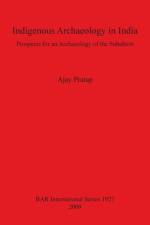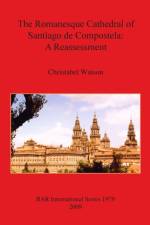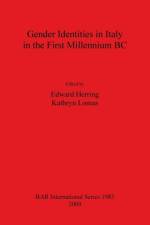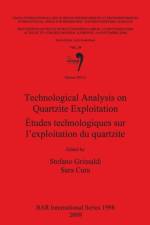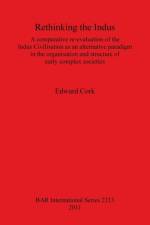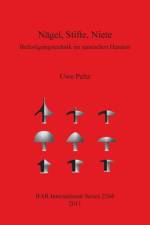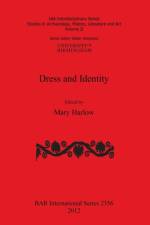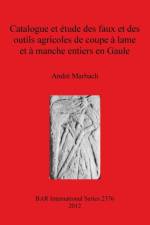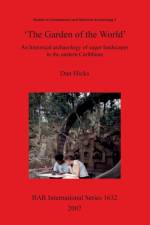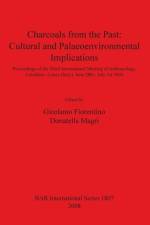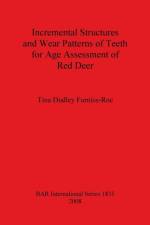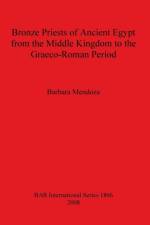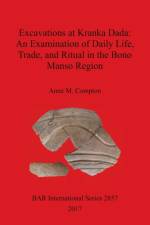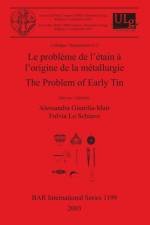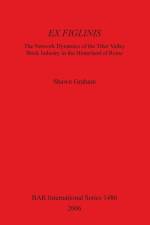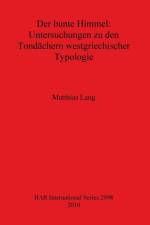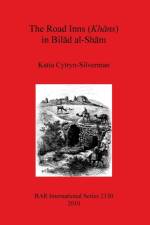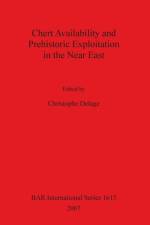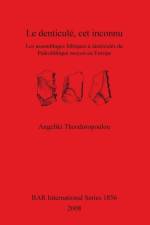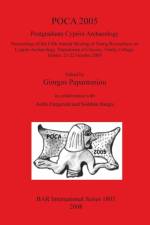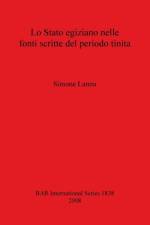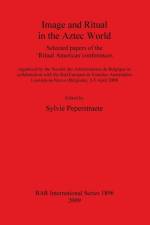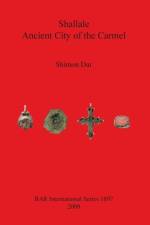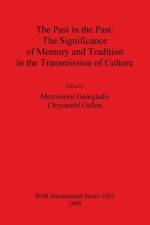- Contribution a l'archeologie des centres ceremoniels des Basses Terres meso-americaines (200/900 ap. J.-C.)
av Alienor Letouze
2 067
Cette recherche de doctorat est le fruit d'une analyse innovante de l'architecture méso-américaine, et plus précisément de la planification urbaine et du temple mayas. Elle touche aux domaines de l'archéologie, de l'anthropologie, de la symbolique et de la sémiologie. L'auteur montre, grâce à une documentation extensive, que l'architecture maya répond à un modèle d'ordre sémantique, où chaque construction anthropique est réalisée selon une codification particulière respectant la forme du glyphe, créant ainsi un espace urbain scriptural , et par conséquent, hautement symbolique. Cette étude mène non seulement à une nouvelle interprétation de la fonction du temple et à la création d'un modèle de caractérisation des édifices non pyramidaux comme temples, mais également, par l'acquisition d'une perspective anthropologique interne, à une relecture des concepts-clés de la cosmologie méso-américaine.This book, based on the author's PhD research, is the result of an innovative analysis of Mesoamerican architecture, and especially of the temple and the urban planning concept of Maya ceremonial centres. The study draws on the fields of archaeology, anthropology, symbolic and semiology. The author shows, thanks to an extensive corpus, that Maya architecture responds to a semantic code. In fact, each human construction is built according to a particular glyph-shaped arrangement, creating in this way a 'writing urban space', and is, therefore, highly symbolic. This analysis leads not only to a new model for characterising as temples buildings which are not pyramidal, but also, through the acquisition of an internal perspective, to a reinterpretation of some of the key concepts of Mesoamerican cosmology.

